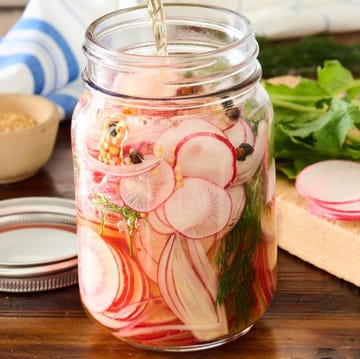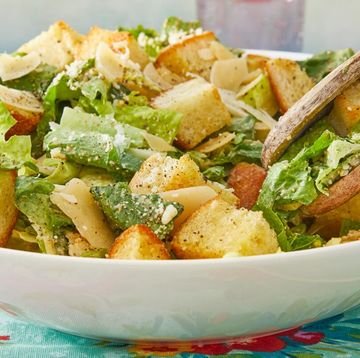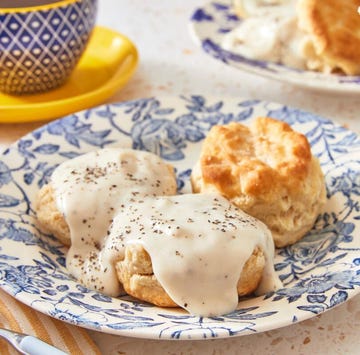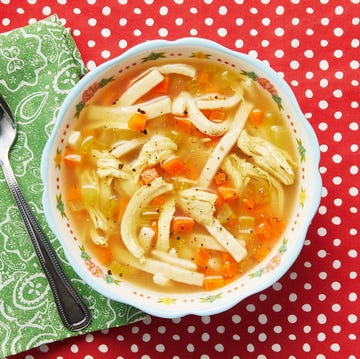Ree Drummond always keeps jellies and jams stocked in her pantry. (Strawberry, apricot and jalapeño are her "go-to flavors.") But if you've ever wondered about the difference between jelly, jam, and preserves, you're not alone! Sure, all three are delicious when slathered onto biscuits or spread onto toast, but surprisingly the different fruit spreads are not exactly the same. In fact, a raspberry jam that you swirl into your yogurt parfait will be quite different from the grape jelly that you use to make a peanut butter sandwich. And the same goes for those preserves that you make with your extra summer fruits.
Speaking of canning—Ree Drummond has an easy tutorial for homemade strawberry jam and how to can it. But before you start sterilizing jars and breaking out your canning equipment, you'll want to learn more about the differences between jelly, jam, and fruit preserves. Though the terms are often used interchangeably, the major difference has to do with the amount of actual fruit used in the mixture.
Read on to find out more, then put your jar of fruit to good use by spooning it over pound cake, baking it into an oatmeal bar, or using it for a PB&J ice cream sandwich.
What is jelly?
Jelly is what you'll commonly find near the peanut butter at the grocery store. The sweet fruity spread is made by cooking fruit juice with sugar and acid (and sometimes, pectin, the thickening agent that helps jelly, well... gel). Once the fruit juice mixture gets cooked down, it's strained to remove any fruit or seeds, leaving you with a smooth, transparent spread free of any solids. Jelly isn't loose like jam and preserves—it's almost gelatin-like. Grape jelly is a classic, but many other fruits are available in jelly form, including apple, strawberry and other berries. Bright green mint jelly is a popular choice with meat!
What is jam?
Much like jelly, jam is also cooked with sugar and acid, but the difference is that it uses fruit (either chopped, crushed, or pureed) instead of fruit juice. Pectin is also sometimes added, but jams tend to be slightly looser in consistency compared to jellies and have more texture from the addition of fruit. Some jams contain seeds, peels, or chunks of fruit, but not always. Jam doesn't necessarily have to be sweet either—chutney is savory and is often flavored with vinegar and spices.
What are preserves?
Fruit preserves are a lot like jam, but they're slightly thicker, thanks to the addition of large chunks or whole pieces of fruit instead of chopped, crushed, or puréed fruit. You'll usually find large bits of fruit suspended in preserves, as well as seeds, in many cases. Marmalade, which is made with citrus, is considered to be a preserve because it contains parts of the rind as well as the inner fruit and pulp.













